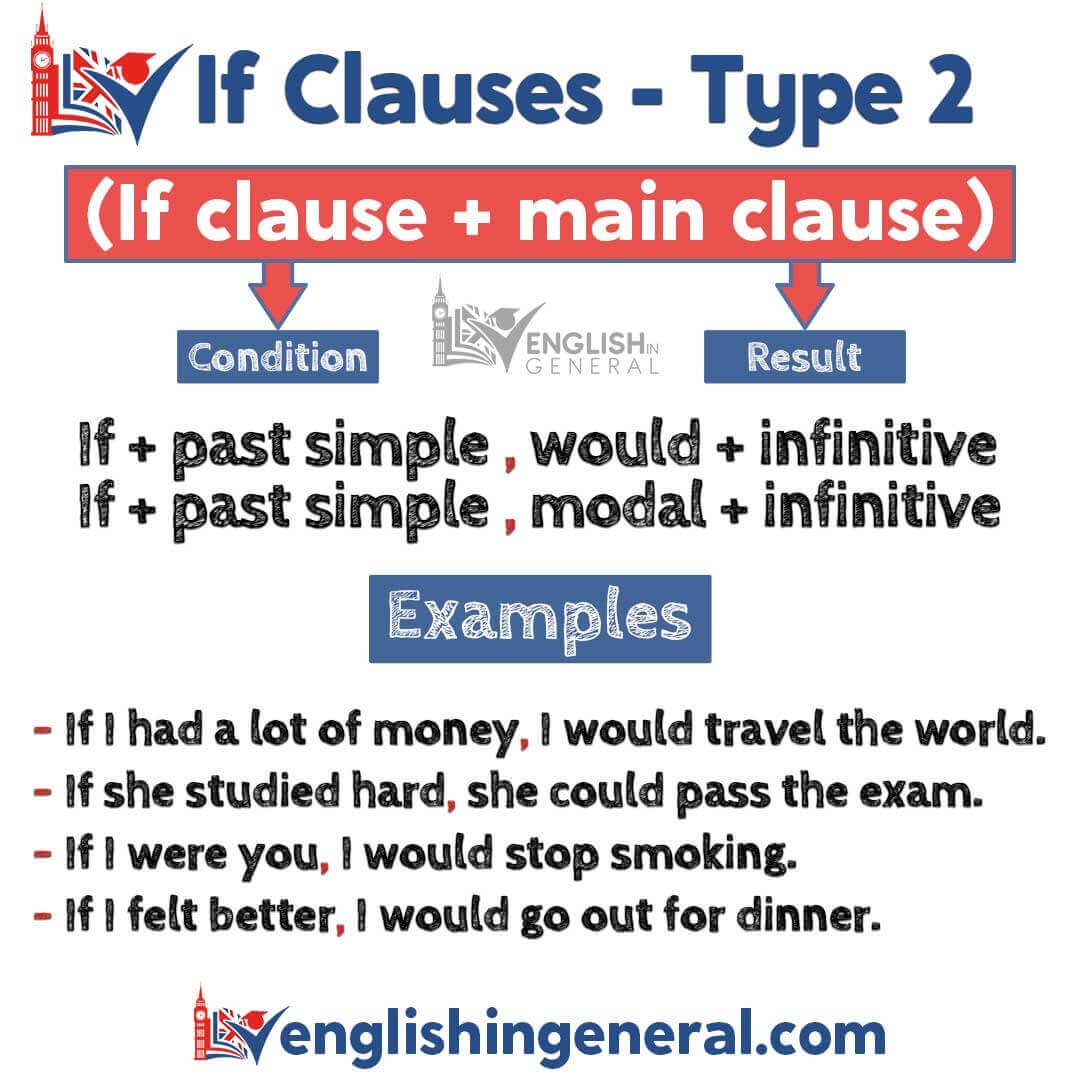First conditional is a type of conditional sentence that expresses a possible condition and its probable result. It is used to talk about situations that are likely to happen in the future if a certain condition is met. This type of sentence is commonly used in everyday conversations and is essential for expressing future possibilities.
In the first conditional, we use the present simple tense in the if-clause and the future simple tense in the main clause. This structure helps to show the cause and effect relationship between the condition and the result. For example, “If it rains, I will bring an umbrella.” Here, the condition is the rain, and the result is bringing an umbrella.
First Conditional Meaning
The first conditional is used to make predictions or talk about possible future events based on a specific condition. It is often used to discuss future plans, make promises, or give warnings. For instance, “If you study hard, you will pass the exam.” This sentence indicates that passing the exam is likely to happen if the condition of studying hard is fulfilled.
Another example of the first conditional is, “If she misses the bus, she will be late for work.” This sentence suggests that being late for work is the probable outcome if she misses the bus. The first conditional is versatile and can be used in various situations to discuss potential future scenarios.
It is important to note that the first conditional is not used to talk about imaginary or unlikely situations. Instead, it focuses on events that are likely to occur in the future based on a specific condition. By using this type of conditional sentence, we can convey our intentions, expectations, and potential outcomes effectively.
Overall, the first conditional is a valuable tool for expressing future possibilities and making predictions based on certain conditions. By mastering this type of sentence structure, we can communicate more clearly and accurately about potential future events. So, next time you want to discuss what might happen in the future, remember to use the first conditional to convey your thoughts effectively.
